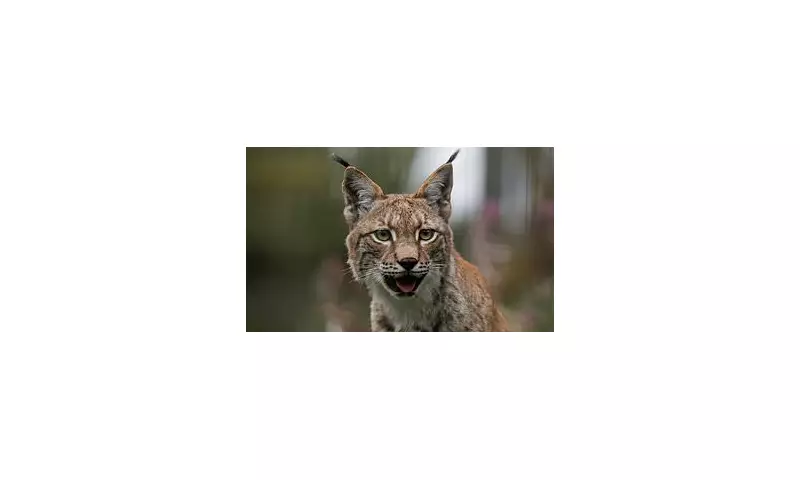
In a dramatic wildlife rescue operation, three Eurasian lynx have been safely captured after spending nine months roaming freely through the Scottish Highlands following their illegal release. The magnificent wildcats had been living in the wilderness since their unlawful setting loose, raising significant concerns among conservation authorities and local residents.
The Great Highland Lynx Chase
The rescue mission culminated this week when wildlife experts successfully located and secured all three animals, ending their extended period of freedom in the rugged Highland terrain. The operation required careful planning and specialist knowledge to ensure the safety of both the lynx and the rescue teams.
Conservation Concerns and Legal Implications
Authorities have expressed serious concerns about the illegal release of these powerful predators into the Scottish ecosystem. Eurasian lynx, while native to Britain centuries ago, have been extinct in the wild for approximately 1,300 years, making their sudden appearance particularly alarming for environmental officials.
The nine-month period the lynx spent roaming free has prompted questions about wildlife monitoring and enforcement capabilities in remote Highland areas. Conservationists worry that such incidents could disrupt local ecosystems and set dangerous precedents for unregulated wildlife introductions.
What Happens Next for the Rescued Wildcats?
Following their capture, the three lynx are receiving veterinary care and assessment to determine their health status after months in the wild. Wildlife officials are now investigating the circumstances surrounding their original illegal release and considering appropriate actions against those responsible.
This incident highlights the ongoing challenges in wildlife management and conservation enforcement, particularly regarding large predators in the Scottish landscape. The case has reignited debates about potential future reintroduction programmes for native species and the importance of following proper scientific and legal protocols.
As the investigation continues, wildlife authorities have reinforced their commitment to protecting both native species and the ecological balance of the Highlands, ensuring that any future wildlife introductions occur through proper channels and scientific oversight.
